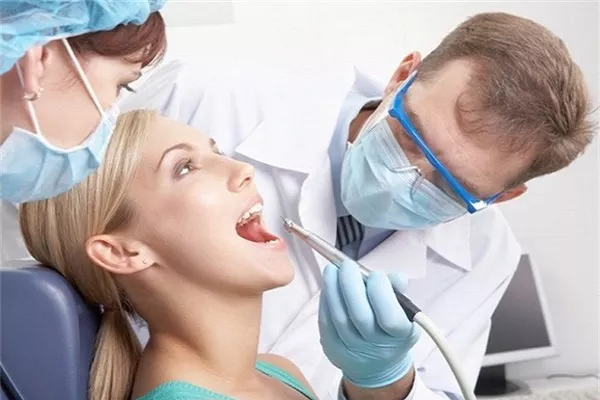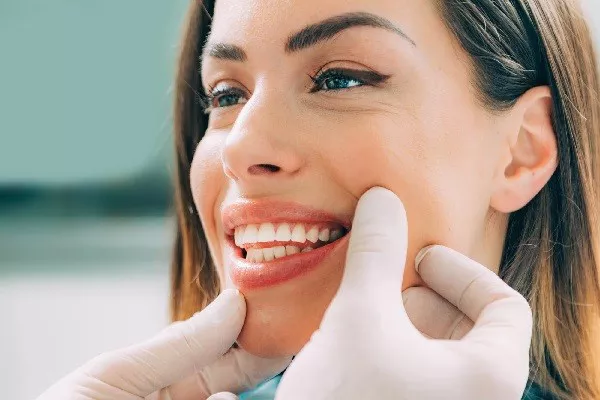Getting a cavity filled is a common dental procedure that many people undergo at some point in their lives. It involves removing the decayed portion of a tooth and filling the cavity with a material to restore the tooth’s function and appearance. After getting a cavity filled, many people wonder how long they should wait before eating.
The answer to this question depends on the type of filling material used, the size of the cavity, and the individual’s oral health. In general, it is safe to eat immediately after getting a cavity filled, but it is important to follow some precautions to avoid damaging the filling and to promote healing.
If you received a composite filling, which is a tooth-colored material made of plastic and glass, you can eat right after the procedure. Composite fillings harden quickly when exposed to a special light, so you can resume normal eating habits as soon as you leave the dentist’s office.
However, if you received a silver amalgam filling, which is a metal-based material, you should wait at least 24 hours before eating solid foods. Amalgam fillings take longer to harden and can be easily damaged if they are exposed to pressure or force before they have fully set.
In addition, if your cavity was large or if you experienced any complications during the procedure, your dentist may recommend that you wait a few days before eating solid foods. This will allow your tooth to heal properly and reduce the risk of damaging the filling or causing further complications.
It is also important to avoid eating sticky or hard foods for the first few days after getting a cavity filled. Sticky foods, such as caramel or chewing gum, can pull the filling out of the tooth, while hard foods, such as nuts or hard candy, can chip or break the filling.
To promote healing and reduce the risk of infection, it is recommended to eat soft, easy-to-chew foods in the first few days after getting a cavity filled. This can include foods such as soup, yogurt, mashed potatoes, and scrambled eggs.
It is also important to maintain good oral hygiene after getting a cavity filled. Brush and floss your teeth as usual, but be gentle around the filled tooth to avoid dislodging the filling. You may also want to avoid using mouthwash or antiseptic rinses for the first few days after the procedure, as they can irritate the tooth and delay healing.
In conclusion, the amount of time you should wait before eating after getting a cavity filled depends on the type of filling material used, the size of the cavity, and your individual oral health. In general, you can eat immediately after getting a composite filling, but you should wait at least 24 hours after getting an amalgam filling. It is important to avoid eating sticky or hard foods in the first few days after the procedure and to maintain good oral hygiene to promote healing and reduce the risk of complications.
































